Paprika Made Of: A Flavorful Journey Through the World of Spices
Table of Contents
Introduction to Paprika
Paprika, with its vibrant red hue and rich aroma, is one of the most beloved spices in the culinary world. Whether you're a seasoned chef or a home cook looking to elevate your dishes, paprika is a must-have in your pantry. But have you ever wondered what paprika is made of? In this article, we'll take you on a flavorful journey through the origins, composition, and uses of paprika—especially focusing on paprika made of.
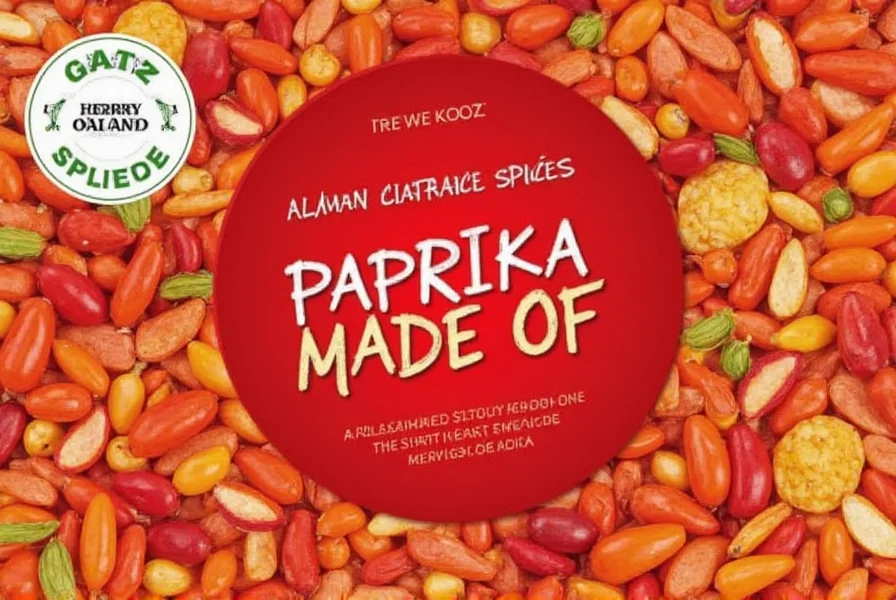
What Is Paprika Made Of?
Paprika is derived from dried and ground peppers, typically from the Capsicum annuum species. The process of making paprika involves selecting high-quality peppers, drying them, and then grinding them into a fine powder. This simple yet effective method results in a spice that can range from mild and sweet to hot and smoky.
The flavor and color of paprika depend largely on the type of pepper used. For example, sweet paprika is usually made from bell peppers, while smoked paprika is often made from peppers that have been fire-roasted before being dried and ground.
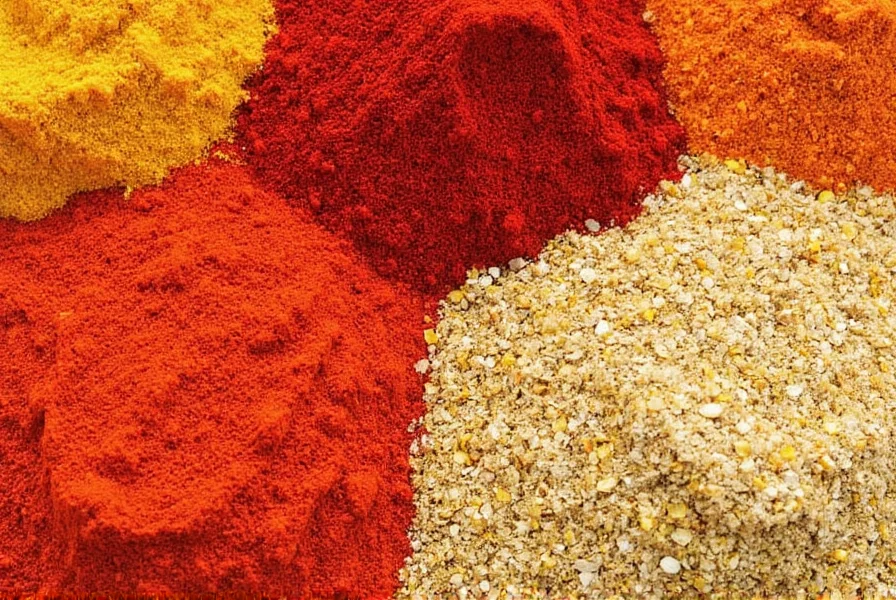
Key Components of Paprika
- Peppers: The main ingredient, usually from Capsicum annuum.
- Flavor Enhancers: Some varieties may include additional ingredients like garlic or onion powders.
- Smoking Agents (for Smoked Paprika): Wood smoke is often used to give smoked paprika its distinctive flavor.
Now that we know what paprika is made of, let's explore the different types of paprika available and how they are used in cooking.
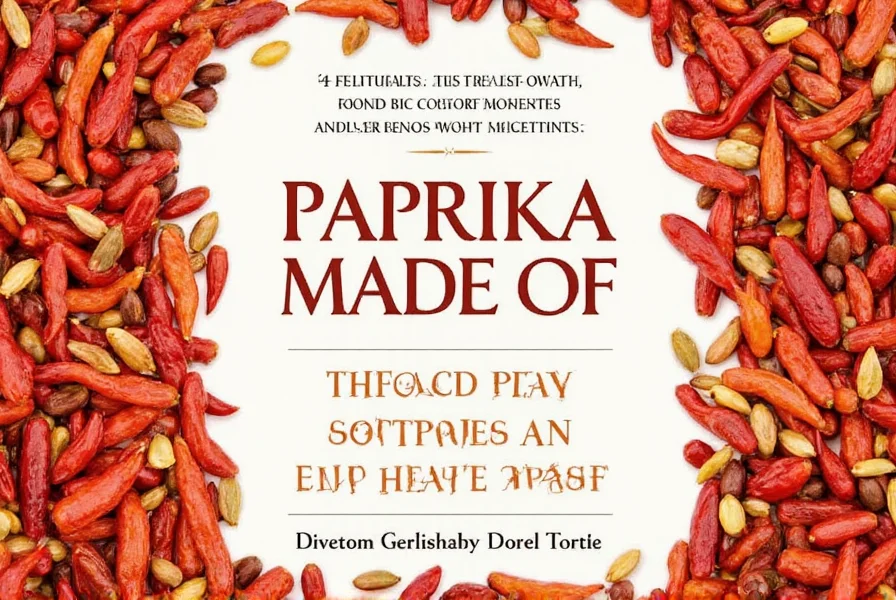
Types of Paprika
Paprika comes in various forms, each with its own unique flavor profile and use case. Here are some of the most common types:
1. Sweet Paprika
Sweet paprika is made from mild, sweet peppers and has a subtle, fruity flavor. It’s commonly used in dishes like Spanish chorizo, goulash, and roasted vegetables.
2. Hot Paprika
Hot paprika, also known as Hungarian paprika, is made from spicy peppers and adds heat and depth to dishes. It’s popular in Hungarian and Indian cuisines and is great for adding kick to stews and curries.
3. Smoked Paprika
Smoked paprika is created by drying peppers over an open flame, giving it a deep, smoky flavor. It’s a staple in Spanish and Portuguese cooking and is often used in dishes like paella and grilled meats.
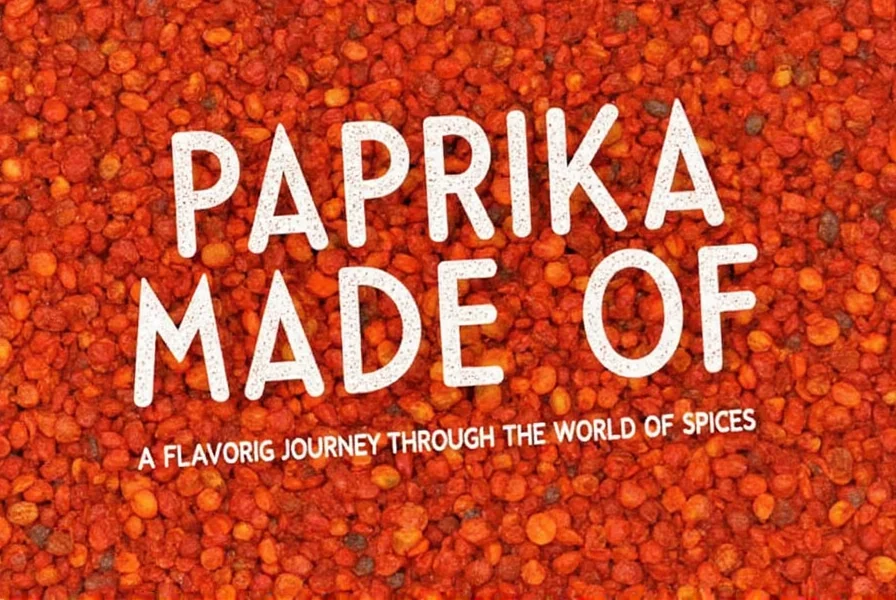
Practical Tips for Using Paprika
Whether you're a beginner or an experienced cook, here are some practical tips to help you make the most of paprika:
- Use it in moderation: Paprika can be quite potent, so start with a small amount and adjust to taste.
- Add it early: Paprika works best when added early in the cooking process to allow its flavor to develop fully.
- Pair it with other spices: Paprika pairs well with garlic, cumin, oregano, and chili powder for a more complex flavor.
- Try it in sauces: Mix paprika with olive oil, vinegar, or lemon juice to create a delicious seasoning sauce.
- Experiment with textures: Try using paprika in both powdered and flaked form depending on the dish.
Now that you’ve got some useful tips, let’s move on to our Buying Guide for Paprika, where we’ll help you choose the right variety for your needs.
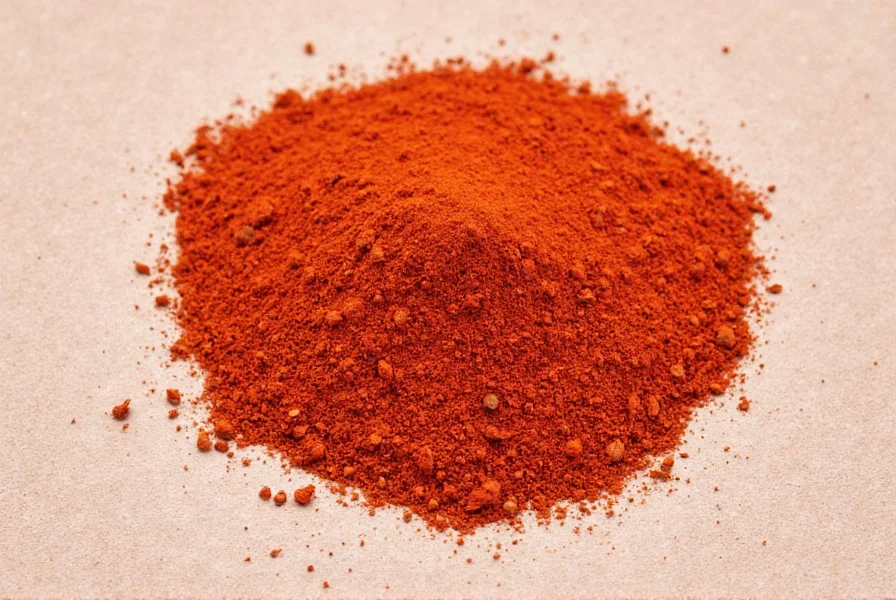
Buying Guide for Paprika
Choosing the right paprika can make a big difference in your cooking. Here’s a detailed guide to help you select the best option based on your preferences and needs:
| Product | Features | Advantages | Use Cases | Target Audience | Suitable Occasions |
|---|---|---|---|---|---|
| Sweet Paprika | Mild, sweet flavor | Great for balancing flavors in dishes | Roasted vegetables, soups, stews | Cooking enthusiasts, health-conscious individuals | Dinner parties, family meals |
| Hot Paprika | Spicy, bold flavor | Enhances heat and depth in recipes | Curries, chili, spicy sausages | Spice lovers, adventurous cooks | Festive gatherings, themed dinners |
| Smoked Paprika | Smoky, rich flavor | Imparts a deep, authentic taste | Grilled meats, seafood, tapas | International cuisine lovers, grill masters | BBQ events, Spanish-inspired meals |
If you’re looking for paprika made of specific peppers or with certain flavor profiles, consider the following options:
- Spanish Smoked Paprika: Made from pimentón peppers, this variety is perfect for traditional Spanish dishes.
- Hungarian Paprika: Known for its bright color and intense flavor, it’s ideal for hearty stews and meat dishes.
- California Paprika: Milder and sweeter, this is great for everyday cooking and baking.
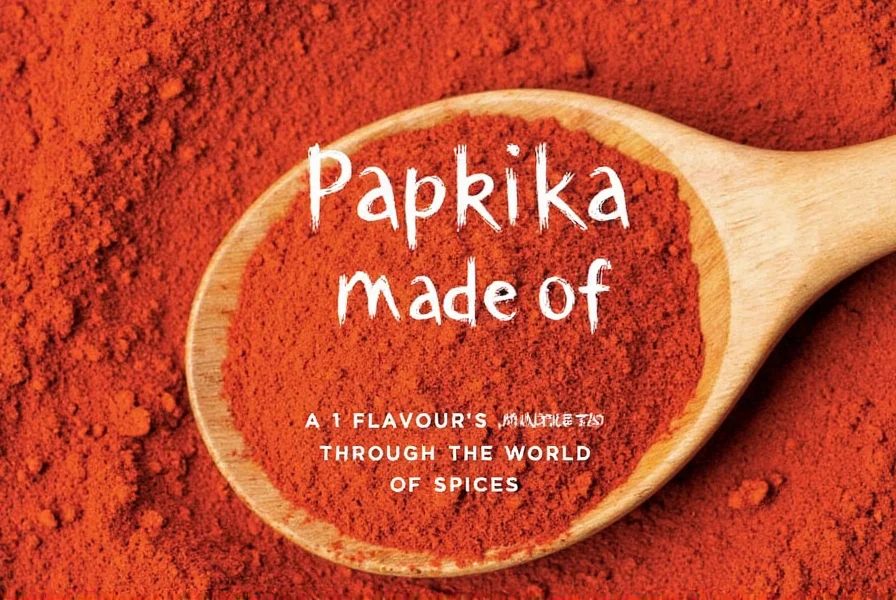
Conclusion
In conclusion, paprika is more than just a colorful spice—it’s a versatile ingredient that can transform your dishes with its unique flavor and aroma. From its humble beginnings as paprika made of dried peppers, it has become a staple in kitchens around the world. Whether you're experimenting with new recipes or simply looking to enhance your favorite dishes, paprika is a must-have in your spice collection.
Remember, the key to unlocking the full potential of paprika lies in choosing the right type and using it wisely. So go ahead, reach for that jar of paprika, and let your creativity shine in the kitchen!
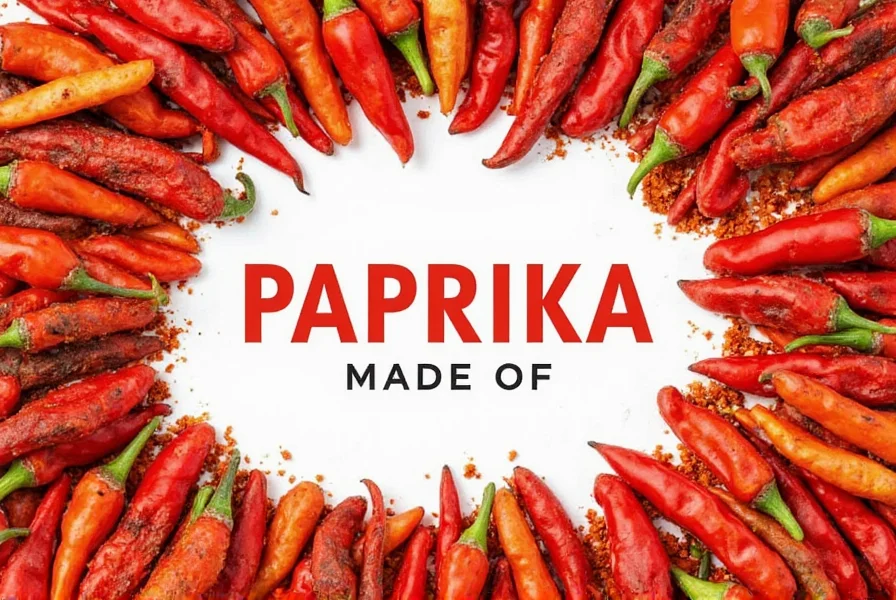

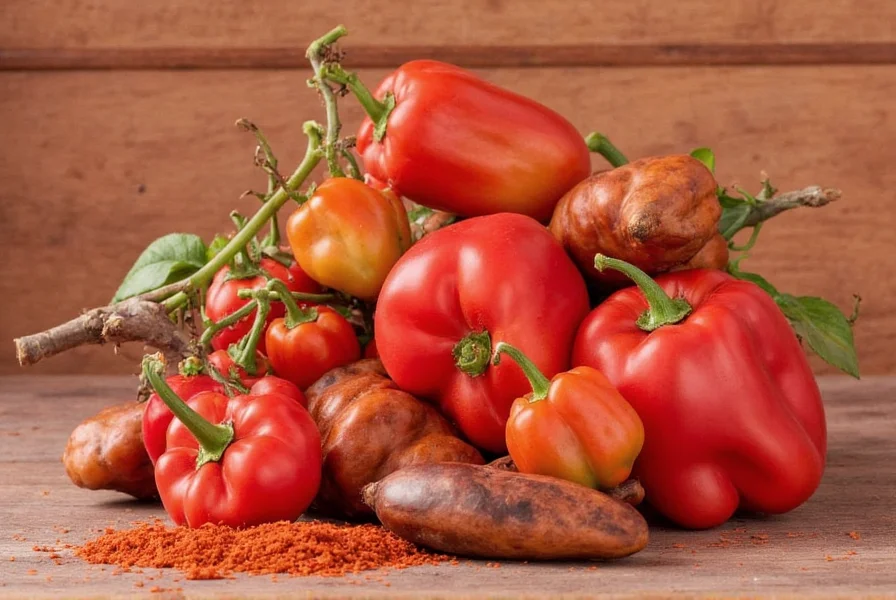









 浙公网安备
33010002000092号
浙公网安备
33010002000092号 浙B2-20120091-4
浙B2-20120091-4